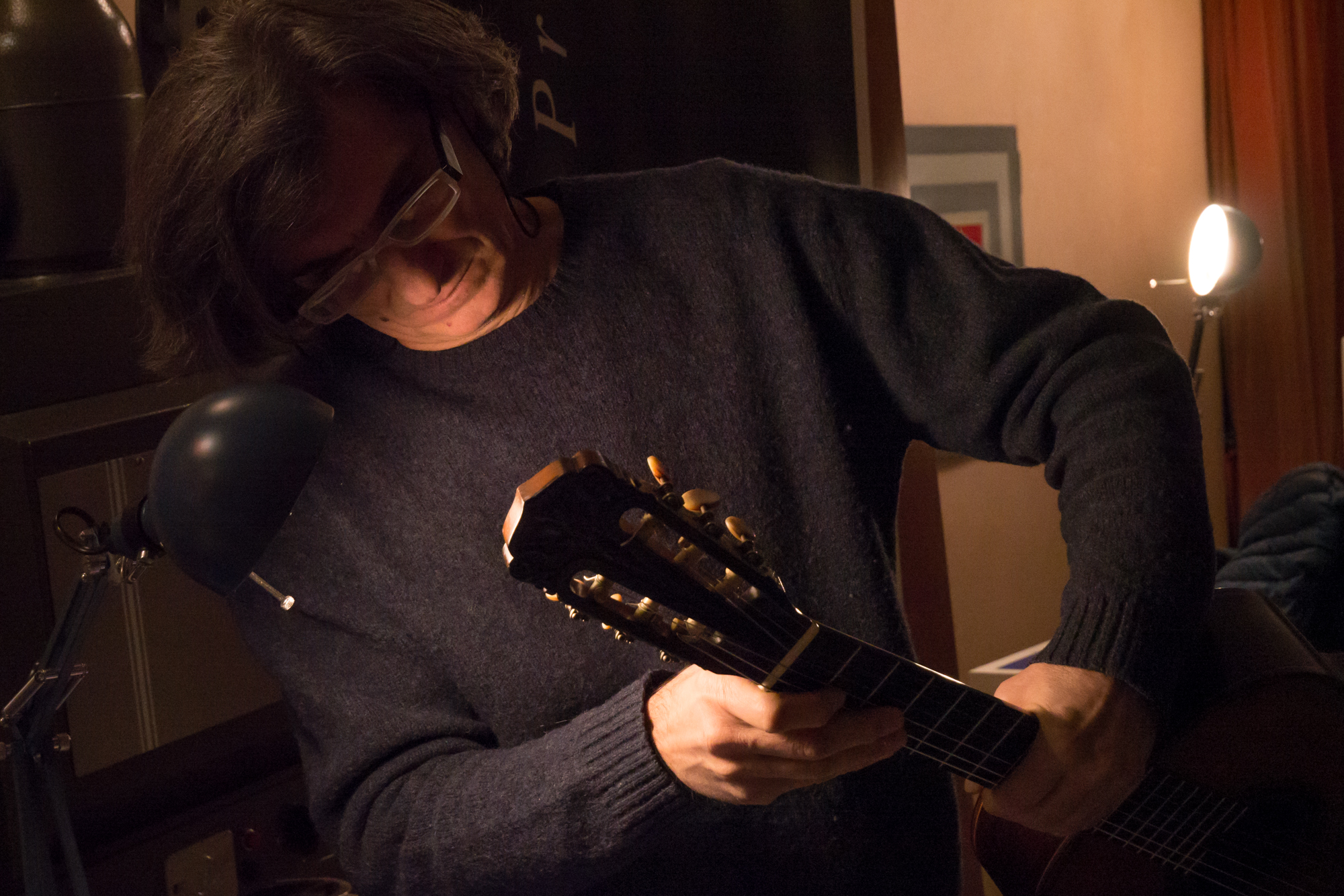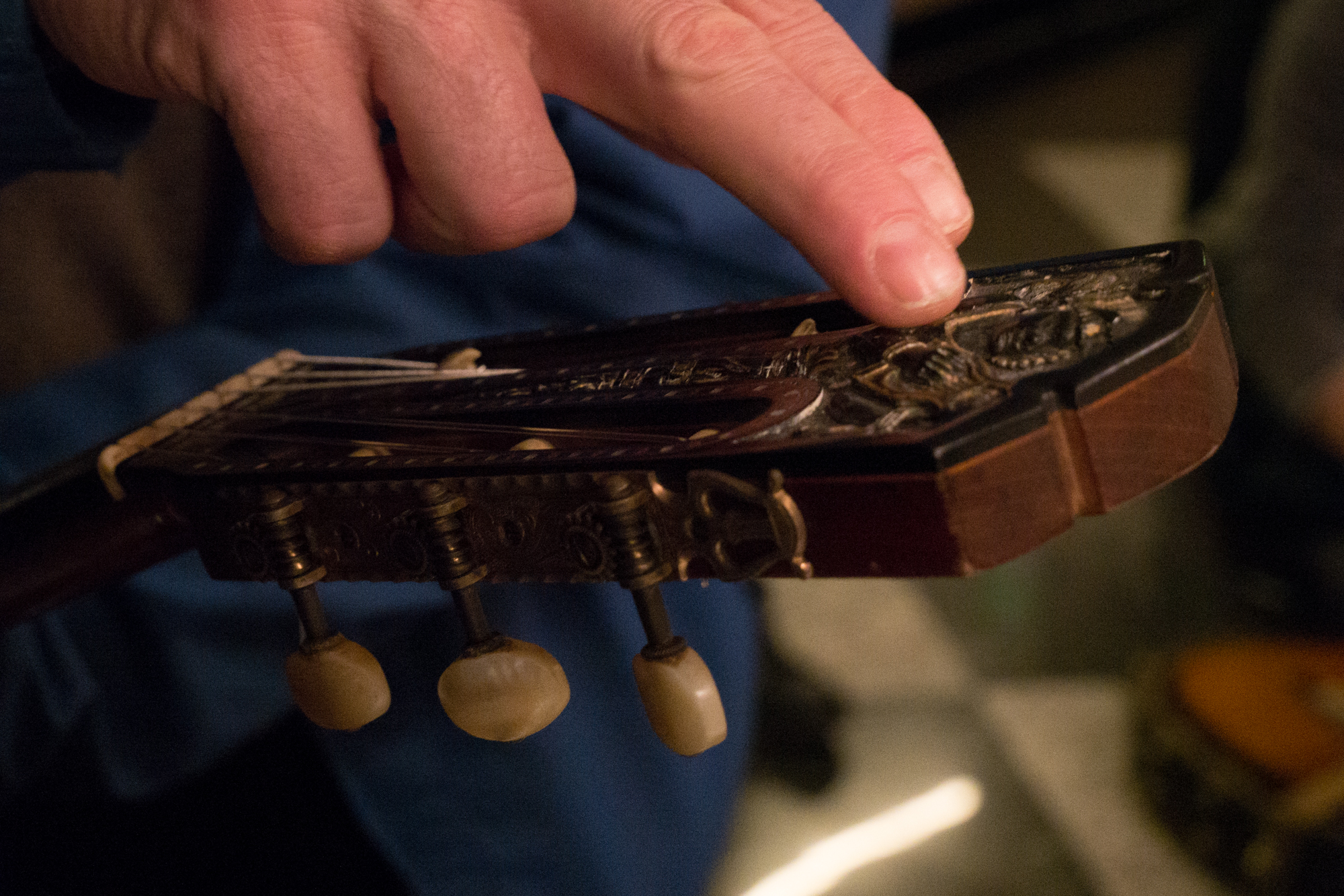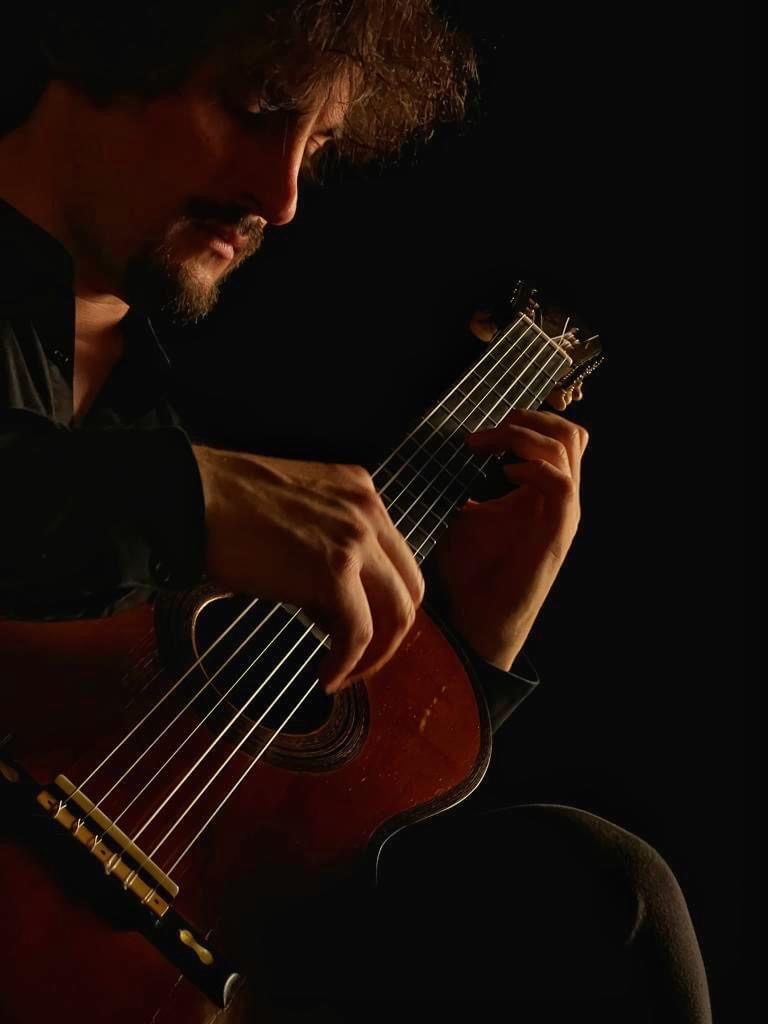How to try a guitar?
During one of the recent exhibitions at the Festival Corde d’Autunno 2024, we shared a few tips on how to try a guitar. The text is inspired by Research on methods of “Touching the World” by Prof. Kojiro Hirose (Associate Professor, National Museum of Ethnology, Osaka, Japan). Prof. Hirose has worked extensively on tactile exhibitions, and his reflections offer valuable insights also for guitarists exploring and listening to the guitar through touch.
What I found particularly interesting in his work is how he shifts between different modalities of tactile perception, opening new ways of interacting with objects. This is especially relevant for guitarists, who are often accustomed to repetitive gestures. His approach encourages a shift from doing to listening, inviting a deeper sensory connection with the instrument—and with the culture it expresses.
DISCOVERY SPACE
Text by Research on Methods of “Touching the World” by Kojiro Hirose (Associate Professor, National Museum of Ethnology, Osaka, Japan)
“Stop and touch:
Have a conversation with an artifact. Touch it, hold it, take your time, observe its form and texture. Handle it gently and think about the people who made it, their culture and society. This is where touching the world begins.
Look and touch:
As you read the explanations, fell free to use both hands and eyes to explore the overall form, structure of the details, the relationship of inside and outside. think about the materials used and how the object was made.
Don’t look, just touch:
What can you learn about form and details by touch? Try it. Investigate the difference between the senses of touch, sight, and hearing.”

Guitar maker Maurizio Foti examining a Simplicio guitar during a Festival Corde d’Autunno event.
Three elements in visual sense and in tactual sense respectively
“Look at” is equivalent to “touch widely, conscious of the direction your hands reach out.”
“Watch” is equivalent to “‘touch closely with your fingertips concentrating at one point.”
“See” is equivalent to “keep your skin sensation sharp and feel with your whole body.”
Research on Methods of “Touching the World” by Kojiro Hirose (Associate Professor, National Museum of Ethnology, Osaka, Japan)


